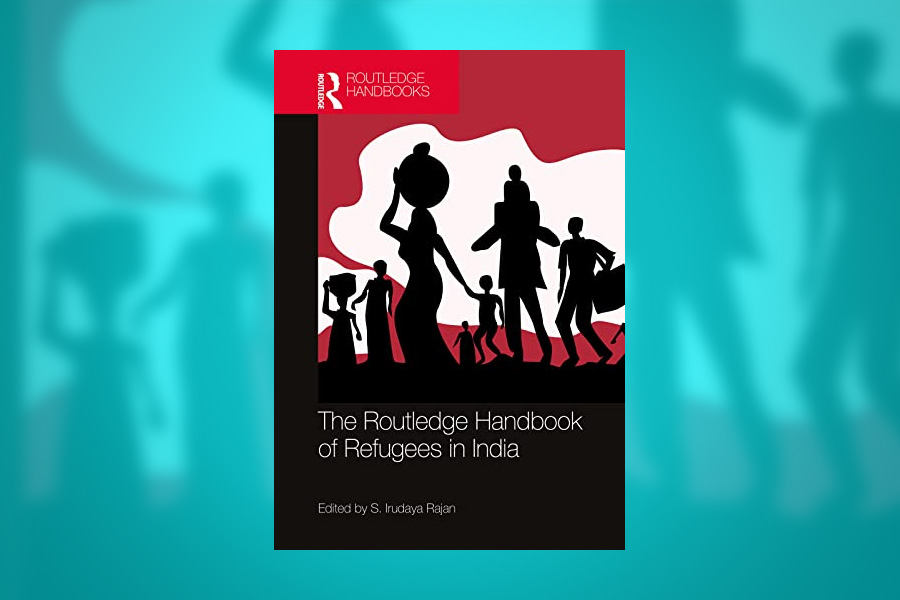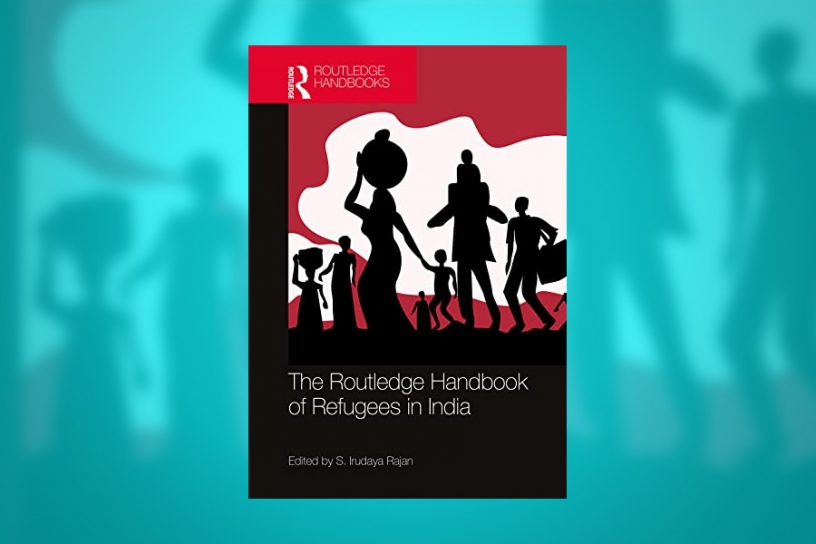
This paper attempts to engage with the everyday lived experiences of Afghan Sikh, Hindu, and Christian refugees in India and reflects on the perceptions about the likely impact of the recently passed Citizenship Amendment Act (2019) in re-defining the contours of refugee experiences in India.
Author
Raghav Sharma, Associate Professor, Jindal School of International Affairs, O.P. Jindal Global University, Sonipat, Haryana, India.
Summary
Over four decades of protracted armed conflict have catapulted Afghans into the ranks of one of the largest refugee populations in Asia and the second largest in the world. Academic and policy interjections on the Afghan refugee experiences, primarily in Iran and Pakistan, are abound.
In contrast, relatively sparse body of literature exists on the Afghan refugee experiences in India which is host to a small but growing stream of migrants from Afghanistan in general and socio–cultural and religious minorities in particular. The migration experiences, particularly of the latter category, have largely escaped attention.
Thus, this chapter will attempt to engage with the everyday lived experiences of Afghan Sikh, Hindu, and Christian refugees in India. The chapter is organized under three sections, the first will provide a brief overview of historical patterns of refugee movement from Afghanistan to India and the legal landscape refugees encounter upon arrival.
The second part, drawing upon primary research, will bring into pointed focus how the position of these groups as a socio–cultural and religious minorities have painted the refugee landscape in very different colours for this conflict-displaced population which finds itself cast away both in their home and host country.
The chapter will conclude by reflecting on the implications off and perceptions about the likely impact of the recently passed Citizenship Amendment Act (2019) in re-defining the contours of refugee experiences in India.
Published in: The Routledge Handbook of Refugees in India. Routledge, Oxon, pp. 732-746.
To read the full chapter, please click here.


